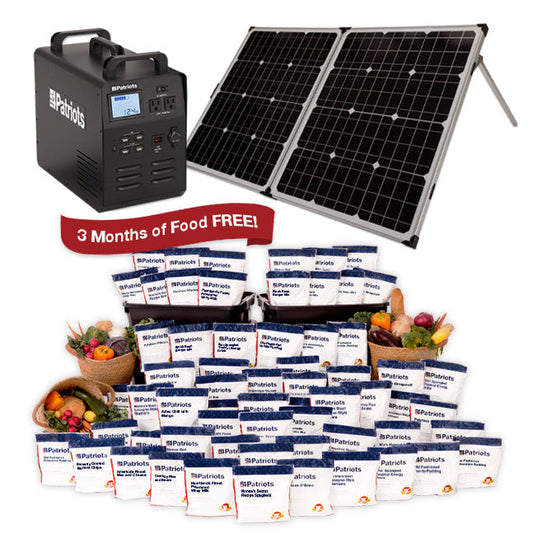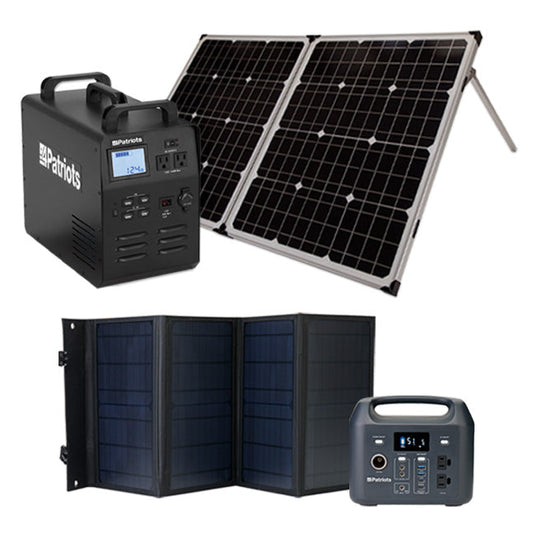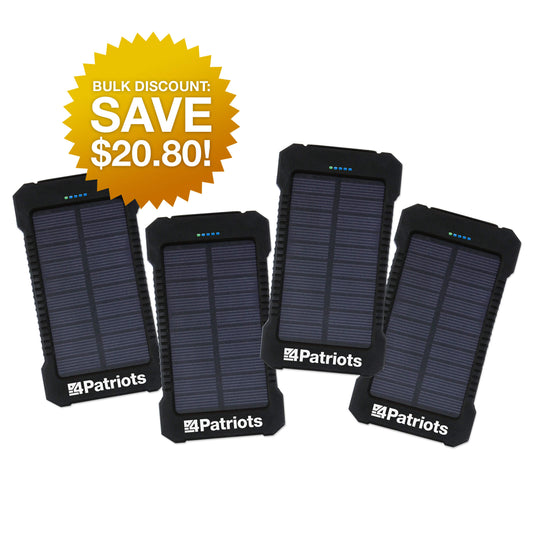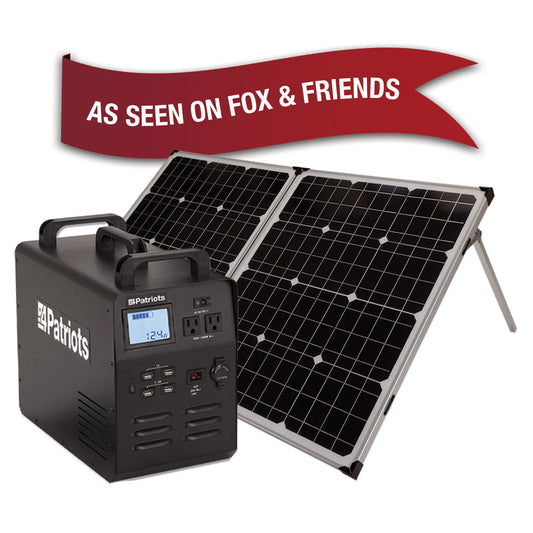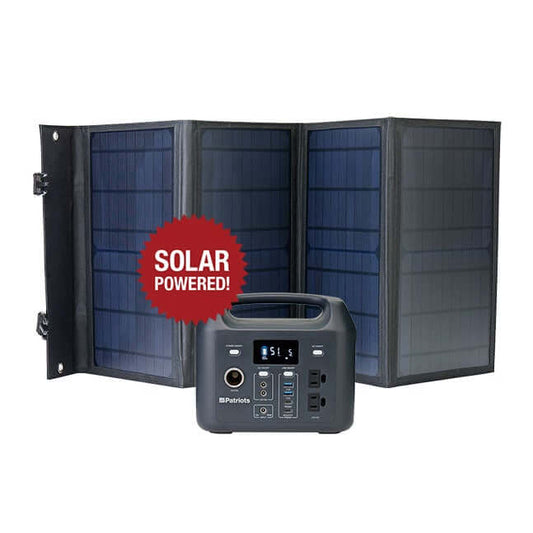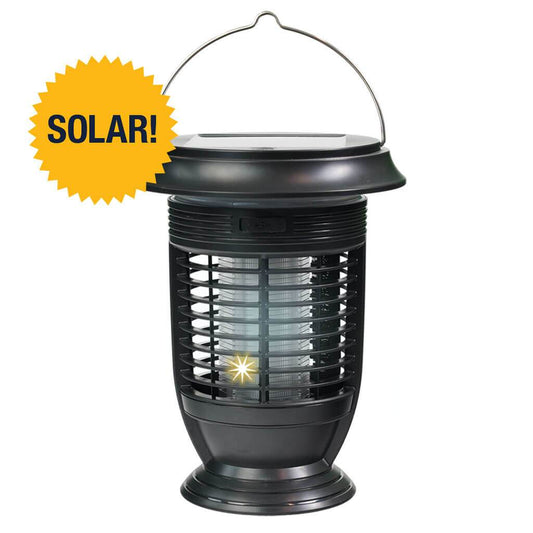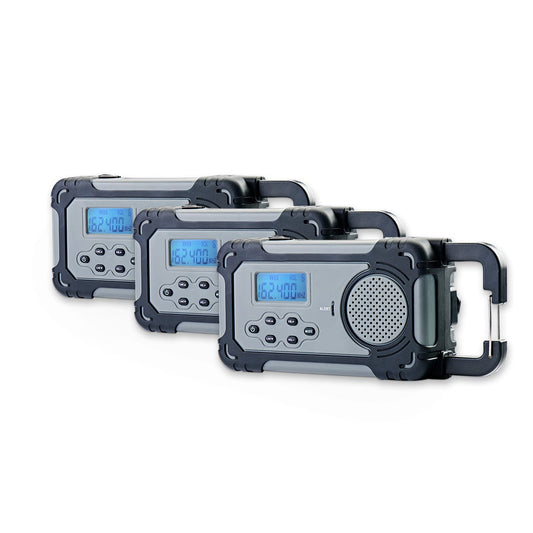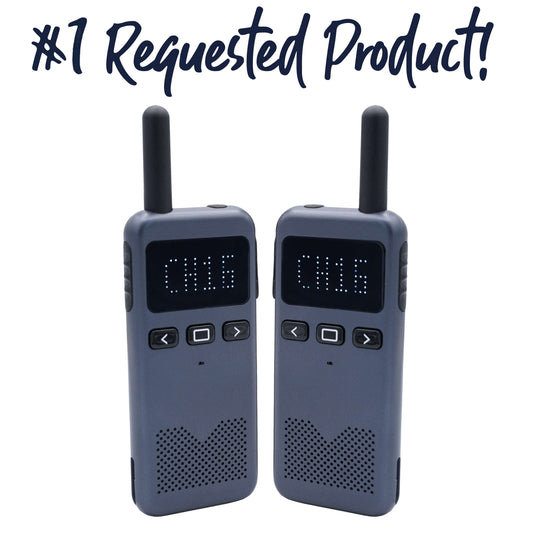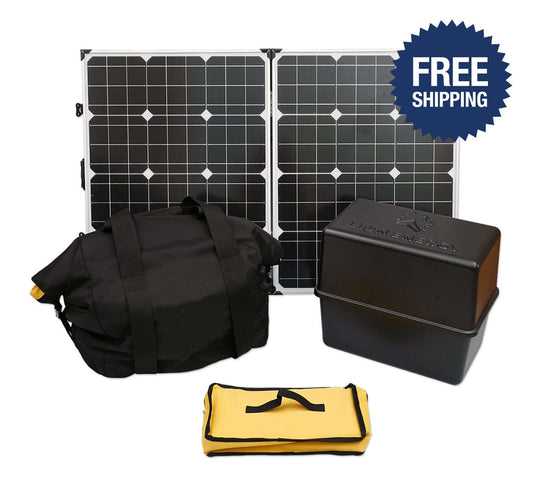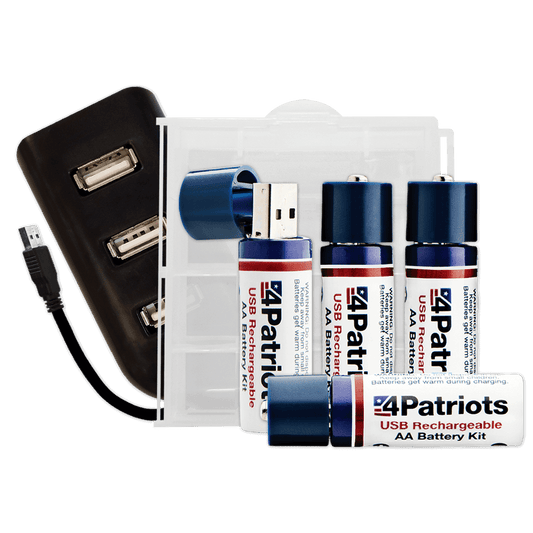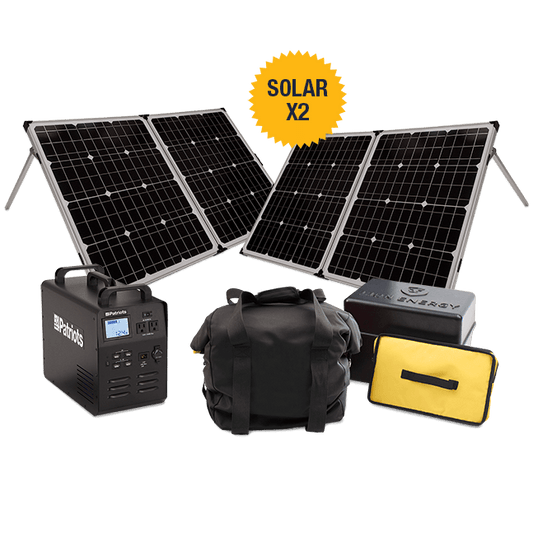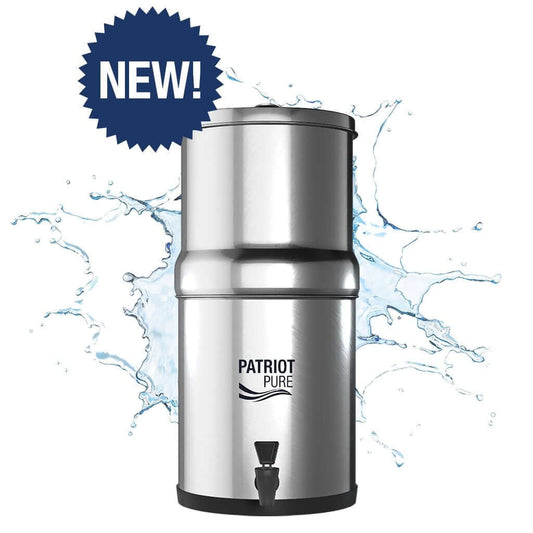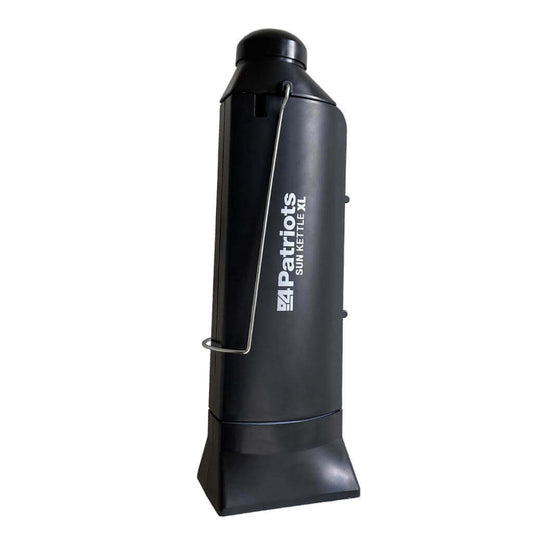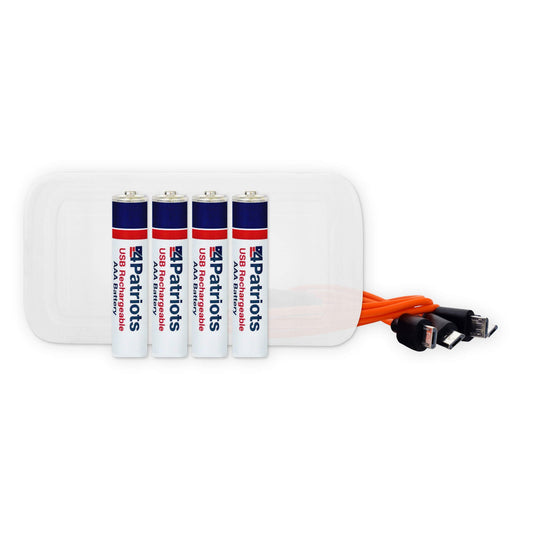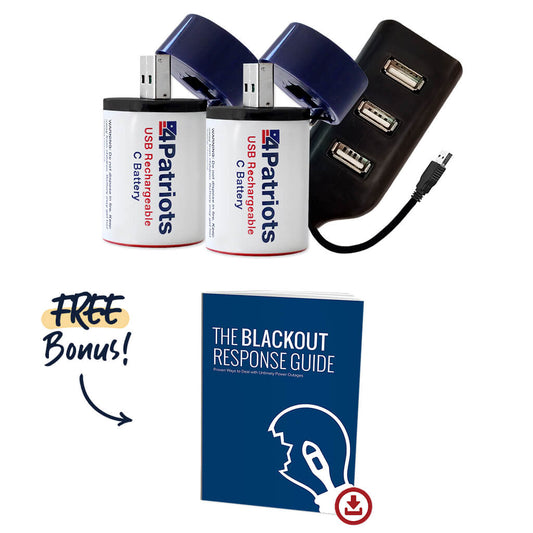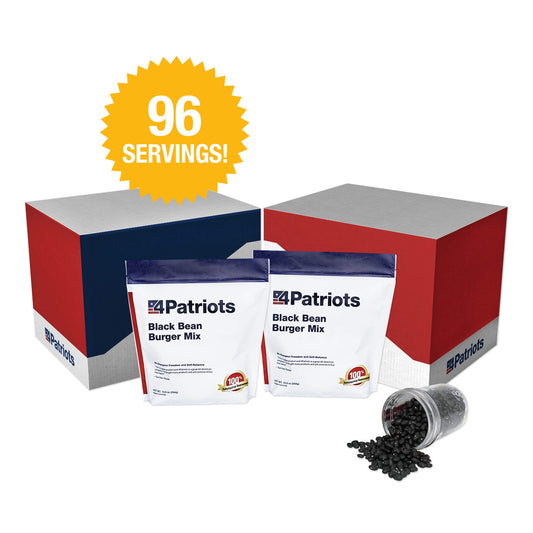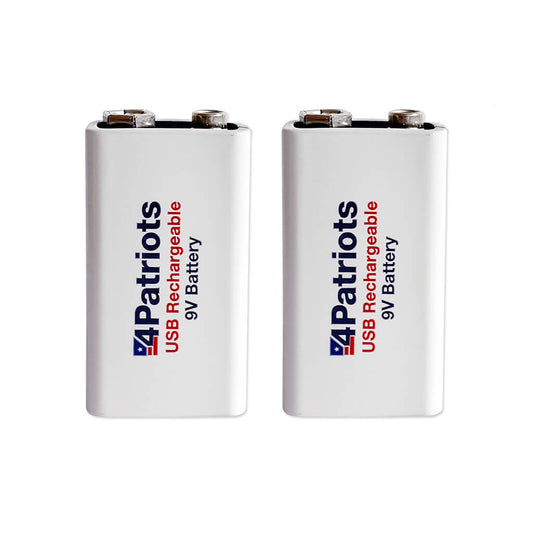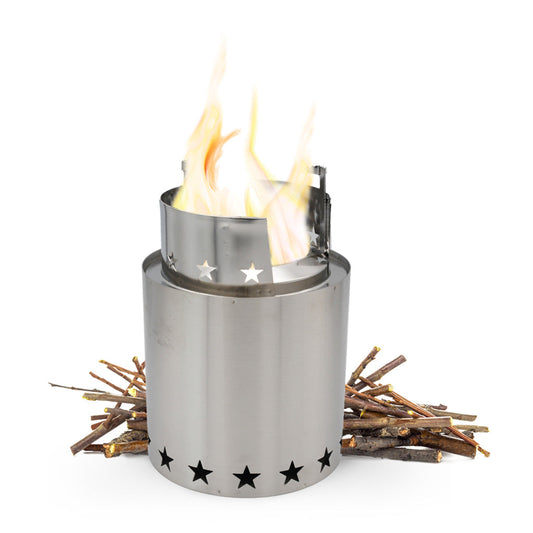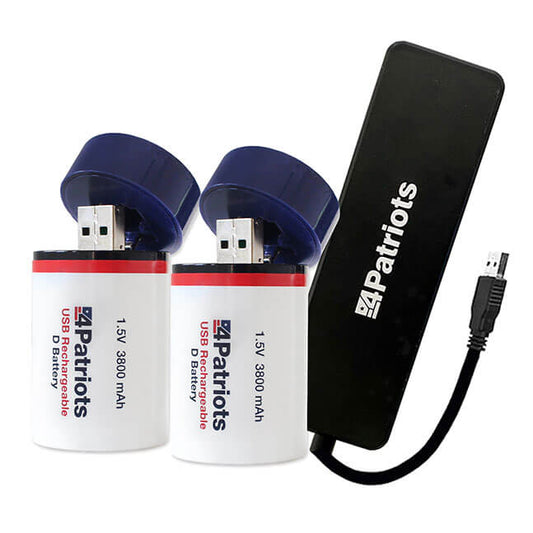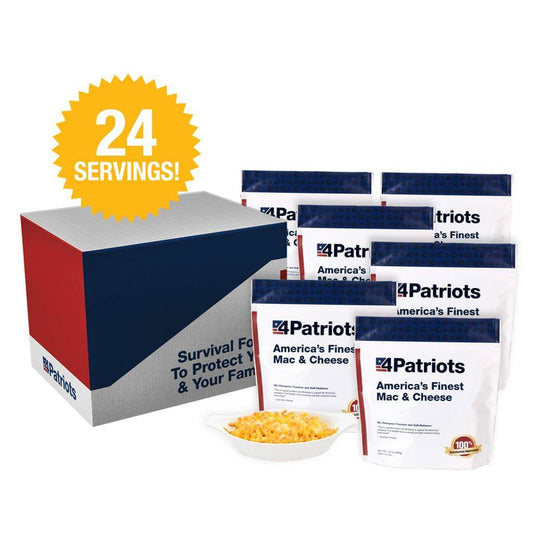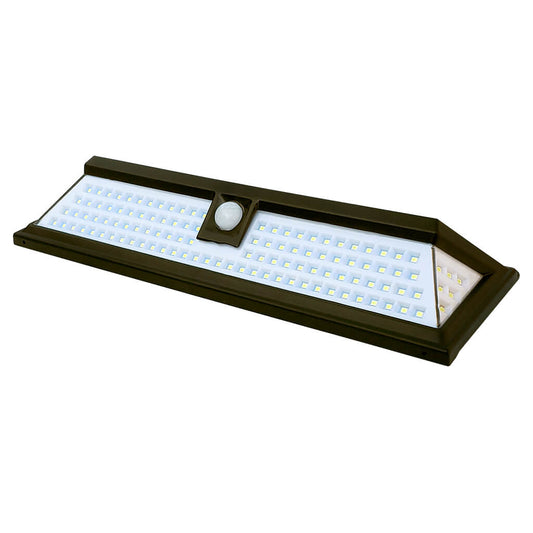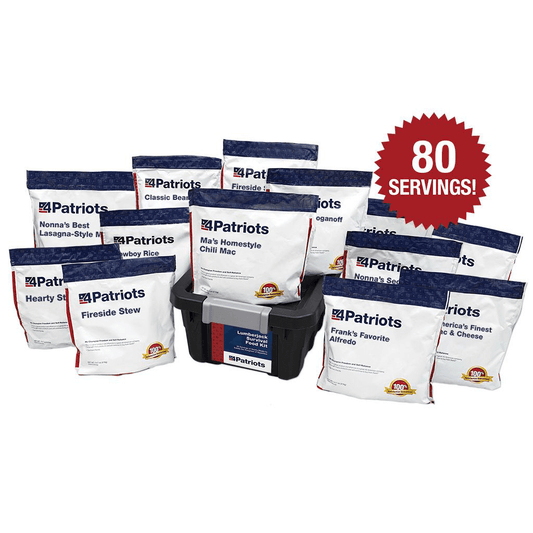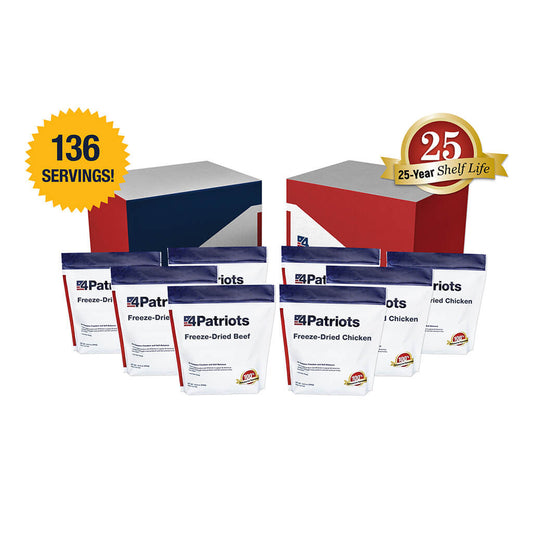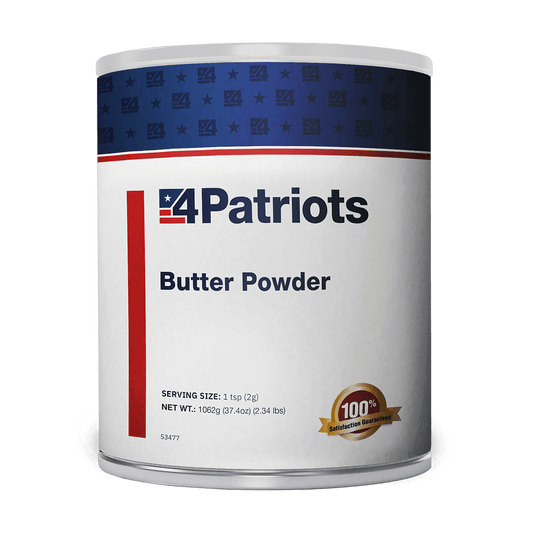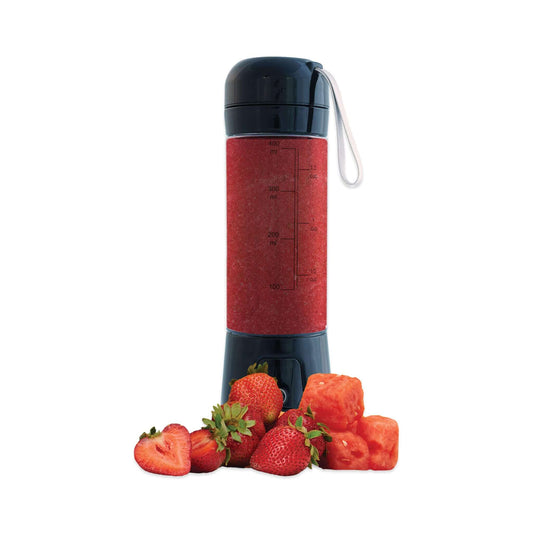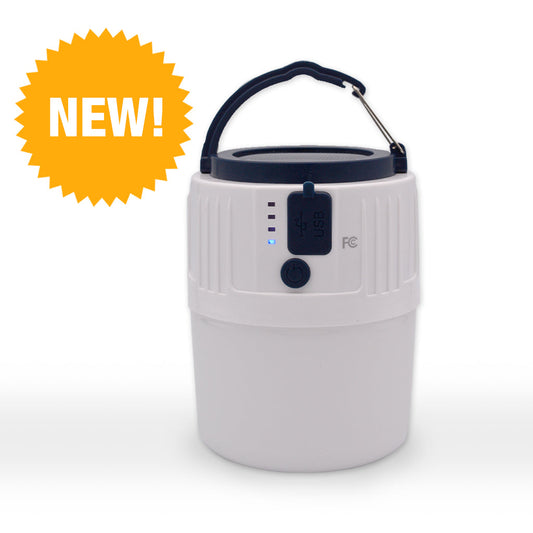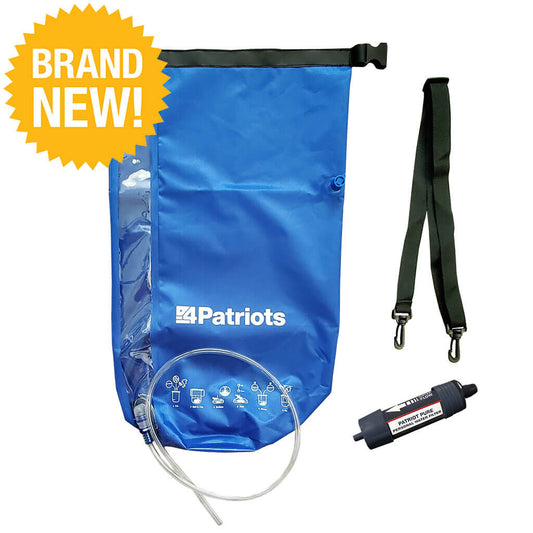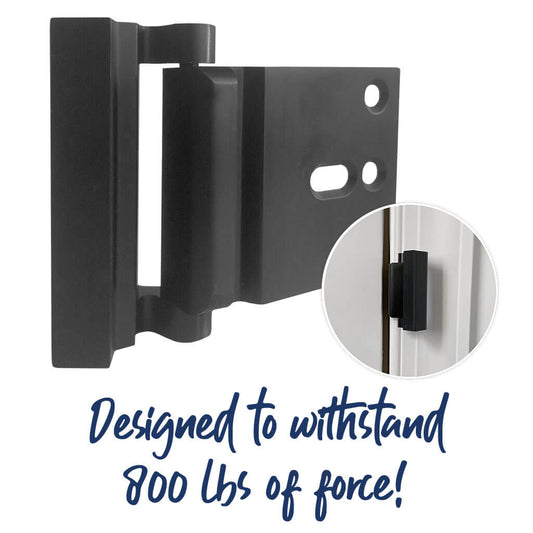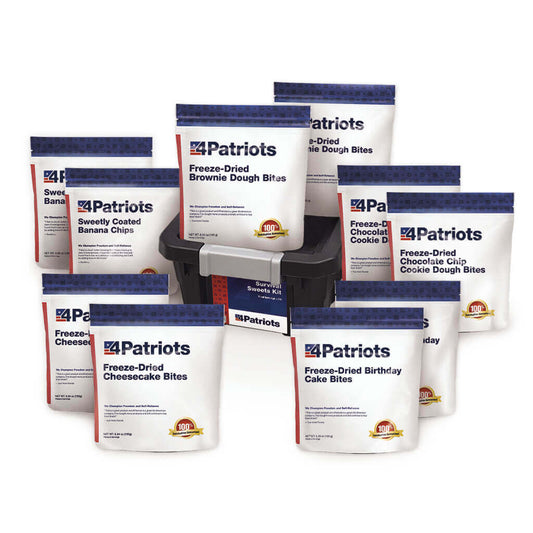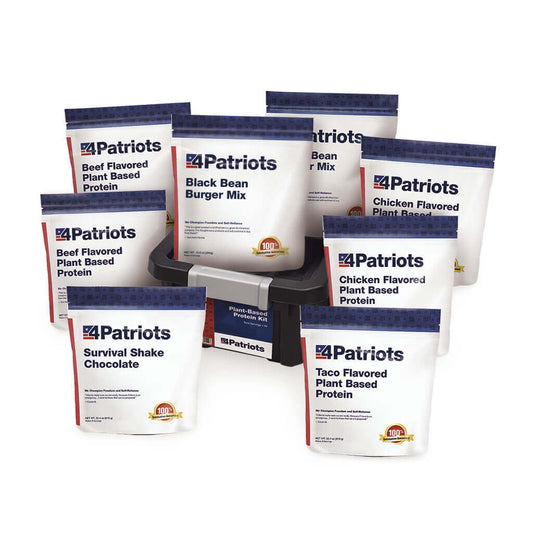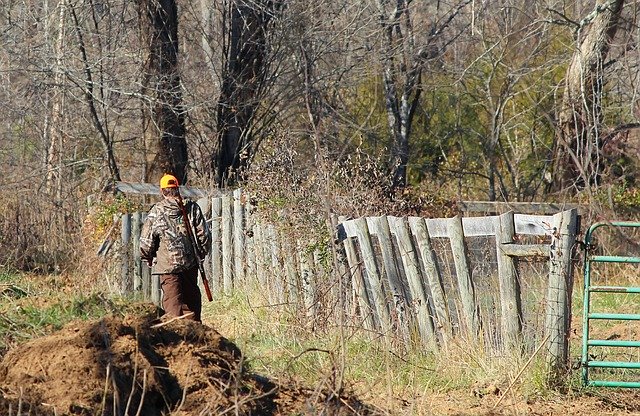
Before the Hunt

I’ve mentioned several times how blessed I feel to have grown up in a place like Colorado. Surrounded by mountains, lakes, rivers and everything they offer. One of my favorite outdoor activities is big-game hunting, which I have enjoyed since I was 14. And in no other activity is proper preparation so important.
Be Physically Fit
There are many different techniques used for big-game hunting. A buddy of mine from Florida was surprised to learn that in Colorado we don’t climb into a tree stand and wait. No, we stalk our prey, which means we are on foot tracking for a shot. And when you are moving around at 10,000 plus feet in knee high snow, you had better be in good physical condition.
Again, this was a wakeup call for my friend from sea level and within an hour I had to sit him on the side of a ridge. Folks who hunt in the Rocky Mountains need to show up in great physical condition. Hiking, jogging, inclined treadmill… they’re all great ways to prepare your body/cardiovascular system for the rigors of the mountains.
Gear Check
“Take care of your gear and it will take care of you.” Words we live by in the SEAL Teams, and it applies to hunting as well. When you pull your rifle out after a long winter, you need to act as if it is brand new and has never been fired.
- Ensure your rifle is clear and safe – unloaded.
- Cycle the action several times with a trigger pull to ensure proper functionality.
- Check the correct orientation/mounting position of the scope. Use a plumb line (hang some rope approximately 25 yards away). Set your rifle so it is on level ground and place it vertically. Adjust your scope so that the vertical line in the reticle matches the plumb line. TORQUE DOWN ON ALL SCOPE MOUNT SCREWS!!!
One of my teammates at Sniper School learned this lesson the hard way when he spent several days slinging rounds all over the map. Convinced he had a “bad rifle,” his frustration truly peaked when one of our Instructors pointed out his scope mount was loose. (OUCH)
Sighting In
You are at the range and want to sight in your rifle for the hunt. Try to pick a day with little to no wind for this. Let’s start with your ammo. Selecting the right type is in many ways a personal choice. I prefer a heavier grain bullet to punch through the wind and give me greater range. My go to is .300 WINMAG. I highly recommend using the same manufacturer/type/weight bullet to sight in your rifle that you plan to use on your hunt.
ZERO - Everyone has their preference with this. I personally like to zero my rifle at 200 yards. I have found that this gives me the most flexibility while hunting in the 100-300-yard zone without the need to “dial in” a correction on my scope. Once you have established your zero, continue shooting every 100 yards (300, 400, 500, etc.) to get your come-ups (dope) for your scope. I have at least 1,000 yards of come-ups for my hunting rifles.
Drills
I had the pleasure of training my sister for her first elk hunt last year. After getting her rifle all dialed in as above, I started making her do realistic shooting drills. It’s very rare that you will be on a hunt and find yourself in a perfect prone position ready to squeeze off the shot.
I had her walking with her rifle in the low port position. I would then say, “ELK at” and a range. She would have five seconds to start her breathing, establish a solid shooting position (prone, kneeling, standing/off-hand), identify the target, make a range adjustment (hold or dial in) and squeeze off the shot. We rotated shooting positions based on the range of the target so she was confident in all.
I was extremely proud to receive a call from my sister a couple weeks later. She got her first elk. Shot it from a standing/off hand position at a range of 300+ yards = steaks in the fridge.
Other Gear
- Check that all electronics, including radios, GPS and flashlights, are fully charged or have new batteries. Test the operation of all, especially doing a comms check with the radios. Always carry extra batteries as well as a Patriot Power Cell for “in field” recharging abilities.
- First Aid/Medical. I strive to keep the weight I carry on a hunt to a minimum. That said, carrying First Aid is absolutely a must! Make sure you have the ability to stop bleeding, splint a fractured bone, pain management and disinfect.
I unfortunately broke my left wrist after a tumble several years ago. I was alone and several hours from my truck. I was able to splint it in place with twigs and an Ace bandage. Sure was good to get back to my truck.
- Make sure all clothing is in good shape, free from holes. Never forget to pack a rain jacket! Ensure you are wearing the proper amount of blaze orange. And last but not least, make sure you are wearing boots that have been waterproofed and broken in.
- Food, Water, Shelter – A good rule of thumb is to plan for a 24-hour stay in the woods. This means you have enough supplies to keep you alive outdoors for at least 24 hours.
Happy hunting!
Be a survivor... not a statistic,
Cade Courtley
Former Navy SEAL / 4Patriots Contributor
Featured Products
- Regular price
- From $1,134.30
- Regular price
-
- Sale price
- From $1,134.30
- Unit price
- per
- Regular price
- $353.49
- Regular price
-
- Sale price
- $353.49
- Unit price
- per
- Regular price
- $3,544.87
- Regular price
-
$4,534.36 - Sale price
- $3,544.87
- Unit price
- per
- Regular price
- $3,547.71
- Regular price
-
$4,250.43 - Sale price
- $3,547.71
- Unit price
- per
- Regular price
- From $42.52
- Regular price
-
$170.07 - Sale price
- From $42.52
- Unit price
- per
- Regular price
- $3,547.71
- Regular price
-
- Sale price
- $3,547.71
- Unit price
- per
- Regular price
- $708.41
- Regular price
-
- Sale price
- $708.41
- Unit price
- per
- Regular price
- $41.17
- Regular price
-
- Sale price
- $41.17
- Unit price
- per
- Regular price
- $3,969.34
- Regular price
-
- Sale price
- $3,969.34
- Unit price
- per
- Regular price
- $42.52
- Regular price
-
- Sale price
- $42.52
- Unit price
- per
- Regular price
- $137.71
- Regular price
-
- Sale price
- $137.71
- Unit price
- per
- Regular price
- $7,096.83
- Regular price
-
- Sale price
- $7,096.83
- Unit price
- per
- Regular price
- $70.91
- Regular price
-
- Sale price
- $70.91
- Unit price
- per
- Regular price
- From $97.96
- Regular price
-
- Sale price
- From $97.96
- Unit price
- per
- Regular price
- $285.35
- Regular price
-
- Sale price
- $285.35
- Unit price
- per
- Regular price
- From $129.15
- Regular price
-
$184.48 - Sale price
- From $129.15
- Unit price
- per
- Regular price
- $1,418.23
- Regular price
-
- Sale price
- $1,418.23
- Unit price
- per
- Regular price
- $42.52
- Regular price
-
- Sale price
- $42.52
- Unit price
- per
- Regular price
- From $41.88
- Regular price
-
$43.99 - Sale price
- From $41.88
- Unit price
- per
- Regular price
- $183.13
- Regular price
-
- Sale price
- $183.13
- Unit price
- per
- Regular price
- From $38.33
- Regular price
-
$567.58 - Sale price
- From $38.33
- Unit price
- per
- Regular price
- $4,960.26
- Regular price
-
- Sale price
- $4,960.26
- Unit price
- per
- Regular price
- From $282.51
- Regular price
-
$291.74 - Sale price
- From $282.51
- Unit price
- per
- Regular price
- $141.89
- Regular price
-
- Sale price
- $141.89
- Unit price
- per
- Regular price
- $42.52
- Regular price
-
- Sale price
- $42.52
- Unit price
- per
- Regular price
- $12.76
- Regular price
-
$42.52 - Sale price
- $12.76
- Unit price
- per
- Regular price
- $141.89
- Regular price
-
- Sale price
- $141.89
- Unit price
- per
- Regular price
- $42.52
- Regular price
-
- Sale price
- $42.52
- Unit price
- per
- Regular price
- $85.11
- Regular price
-
- Sale price
- $85.11
- Unit price
- per
- Regular price
- $17.01
- Regular price
-
$42.52 - Sale price
- $17.01
- Unit price
- per
- Regular price
- $63.81
- Regular price
-
$63.81 - Sale price
- $63.81
- Unit price
- per
- Regular price
- $35.42
- Regular price
-
$70.91 - Sale price
- $35.42
- Unit price
- per
- Regular price
- $163.19
- Regular price
-
- Sale price
- $163.19
- Unit price
- per
- Regular price
- $268.31
- Regular price
-
- Sale price
- $268.31
- Unit price
- per
- Regular price
- $708.41
- Regular price
-
- Sale price
- $708.41
- Unit price
- per
- Regular price
- $85.11
- Regular price
-
- Sale price
- $85.11
- Unit price
- per
- Regular price
- $56.72
- Regular price
-
- Sale price
- $56.72
- Unit price
- per
- Regular price
- $85.11
- Regular price
-
- Sale price
- $85.11
- Unit price
- per
- Regular price
- $28.32
- Regular price
-
- Sale price
- $28.32
- Unit price
- per
- Regular price
- $141.89
- Regular price
-
- Sale price
- $141.89
- Unit price
- per
- Regular price
- $97.96
- Regular price
-
- Sale price
- $97.96
- Unit price
- per
- Regular price
- $20.26
- Regular price
-
$31.16 - Sale price
- $20.26
- Unit price
- per
- Regular price
- $212.88
- Regular price
-
- Sale price
- $212.88
- Unit price
- per
- Regular price
- $113.50
- Regular price
-
- Sale price
- $113.50
- Unit price
- per
- Regular price
- $56.72
- Regular price
-
- Sale price
- $56.72
- Unit price
- per
- Regular price
- $163.19
- Regular price
-
- Sale price
- $163.19
- Unit price
- per
- Regular price
- $56.72
- Regular price
-
- Sale price
- $56.72
- Unit price
- per
- Regular price
- $141.89
- Regular price
-
- Sale price
- $141.89
- Unit price
- per
- Regular price
- $35.42
- Regular price
-
- Sale price
- $35.42
- Unit price
- per
- Regular price
- $35.42
- Regular price
-
- Sale price
- $35.42
- Unit price
- per





